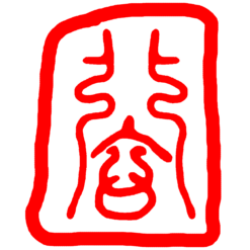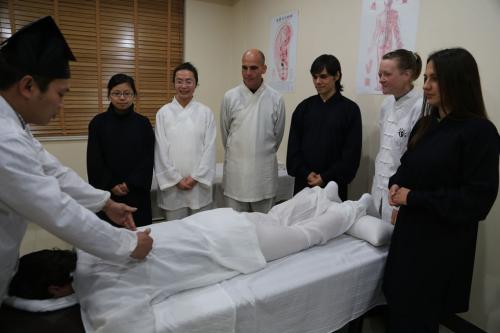What is Dao massage?
Dao massage is based on Tuina (Chinese: 推拏, 推拿, Pinyin tuīná) techniques, Anmo is an independent Chinese form of massage and part of traditional Chinese medicine (TCM), and Zheng Gu (Chinese form of joints, ligaments, tendons and muscle relaxation. The Term Tui Na is composed of the Chinese words tui (‘push’, ‘push’) and na (‘grab’, ‘pull’). These manual techniques are used in the treatment. Tuina includes the therapy form Tuina therapy and the Wellness Tuina for health maintenance (prophylaxis) The Tuina therapy includes western forms of treatment such as chiropractic, acupressure, various massage techniques and manual therapy.
Theoretical basics
Tuina is based on the teachings of TCM on human health and illness. Through the various manual techniques, Qi and “Xue” (literal translation: blood, but includes more than blood in the western sense) are to be regulated in the local as well as in the “whole body energy bands”. The “flowing energy” is called Qi. With Tuina, blockages of the energy channels are to be dissolved and the energy flow promoted, but also organs are to be influenced. This stimulation and regulation aims to restore Yin and Yang and the functional circuit of the five elements in the body.
The wellness tuina is intended to prevent, reduce negative stress and regulate the whole body functional system in order to bring soul and body into harmony. It has been detectable since the Tang Dynasty (618-907 AD).
Technology
Today’s term Tuina is understood to mean pushing, rubbing and pulling techniques that include both acupressure and variations of pressure treatments on the “energy points” (with fingers, fists, elbows and knees), manual “energy band regulation” such as rolling, Pushing, rubbing, fibulation, tapping, “gripping pinches” as well as mobilization and stretching techniques of the joints and muscles. This system includes impulse-generating, manipulative treatments and independent forms of exercise, such as isometric exercises. There are a total of 18 basic moves and around 300 individual moves. With the Chinese foot massage, the reflective zones are treated in addition to the acupoints. In the West, this has become known as foot reflexology.
The therapists point out that this method – especially in the case of severe symptoms – can be quite painful.
The patient is questioned before and after the treatment. This is intended to provide information about the validity of the chosen treatment path and its need for revision. Taijiquan and Qigong are recommended as an accompaniment and as a preventive measure for many complaints, especially tension and poor posture or their subsequent complaints.
A sub-form of the Tuina is the so-called “Children’s Tuina” (小儿推拿 Xiao’er tuina). Due to pathological peculiarities in children, special body regions are defined in the children’s Tuina – in addition to acupuncture points – which are used for diagnosis and treatment. Furthermore, some of the techniques differ from the techniques used in adult Tuina.
Indications and contraindications
According to TCM, indications include:
- Musculoskeletal disorders
- Arterial hypertension
- asthma
- gastritis
- constipation
- gynecological diseases
- sleep disorders
- migraine
- hyperactivity in children
Contraindications are:
- acute infections
- tumors
- acute injuries
- chronic skin ulcerations
- lymphangitis
- Active tuberculosis infections
- sepsis

